Discolored, moist, peeling, or tearful bark may indicate that a tree is sick. Bark is the outer layer of a tree that provides protection. When he can't do his job, the rest of the tree also suffers. If your tree has wilted leaves, pay attention.
The leaves are the farmers of a tree, who collect sunlight and transform it into food energy. But if they wither, they don't work at full capacity and the whole tree suffers. If your trees aren't stressed by heat or drought, leaf wilting may mean something different. If you have flooded soil that doesn't drain well, wilted leaves may be an indication.
In this case, it is the lack of oxygen that causes wilting, since too much water is drowning the leaf tissue. How can you distinguish between leaves on trees that wither from heat or drought stress and those that wither from excess water? While both conditions cause leaf tips and edges to brown and die, leaves stressed by heat and drought will be browner and drier overall, while overwatered leaves will be soft and loose. Other causes of leaf wilting include diseases, such as fire plague, which appears during hot and rainy spring weather. Fire blight is a bacterial disease that affects plants of the rose family, including apple and pear trees.
Infected leaves wither and look burned. Dead or dying branches that hang low, lack bark and have no leaves Weak, V-shaped branch joints where two branches have grown together. Another sign that your tree has a disease is bark peeling. The bark of the tree is important, as it protects the inner core of the trunk and keeps the tree healthy.
If tree bark begins to peel, trees may not maintain necessary nutrients and could die. Keep in mind that many trees normally experience small amounts of shelling bark. However, if you notice larger pieces of bark falling from your tree, call a professional arborist for help. You may need to repeat the test on several areas of the tree to determine if the entire tree is dead or only a few branches.
Infected trees may fall soon after showing obvious symptoms, so you should remove the tree if you see signs of this fungus. Trees showing signs of decay and instability should be removed from the area as soon as possible. Whole trees that fall on a neighbor's property are stories that aren't uncommon, so it's one thing you should keep in mind as well. This is why it is so important to seek help for your sick tree every time you see the symptoms of a sick tree that were mentioned above.
For fungal or bacterial infections, look for cankers (discolored or depressed areas in the bark) or fungi that grow on the ground at the base of a tree or on the tree itself. Infected trees could fall soon after showing obvious symptoms, so you should remove the tree if you see signs of this fungus. But it is not always clear when trees are in poor health, which can make it difficult to treat them, especially when a dead or dying tree is located near a building or a house. This is the best time to cut your tree because cold means insects are scarce, diseases are at bay and your tree will not waste resources trying to “heal” until spring, promising better flowering.
The buds or flowers of the tree turn black and wither in the form of a shepherd's crook when a tree suffers from a fire plague. If your tree is falling more than an occasional branch, and if these branches are large, it's time to examine it. .
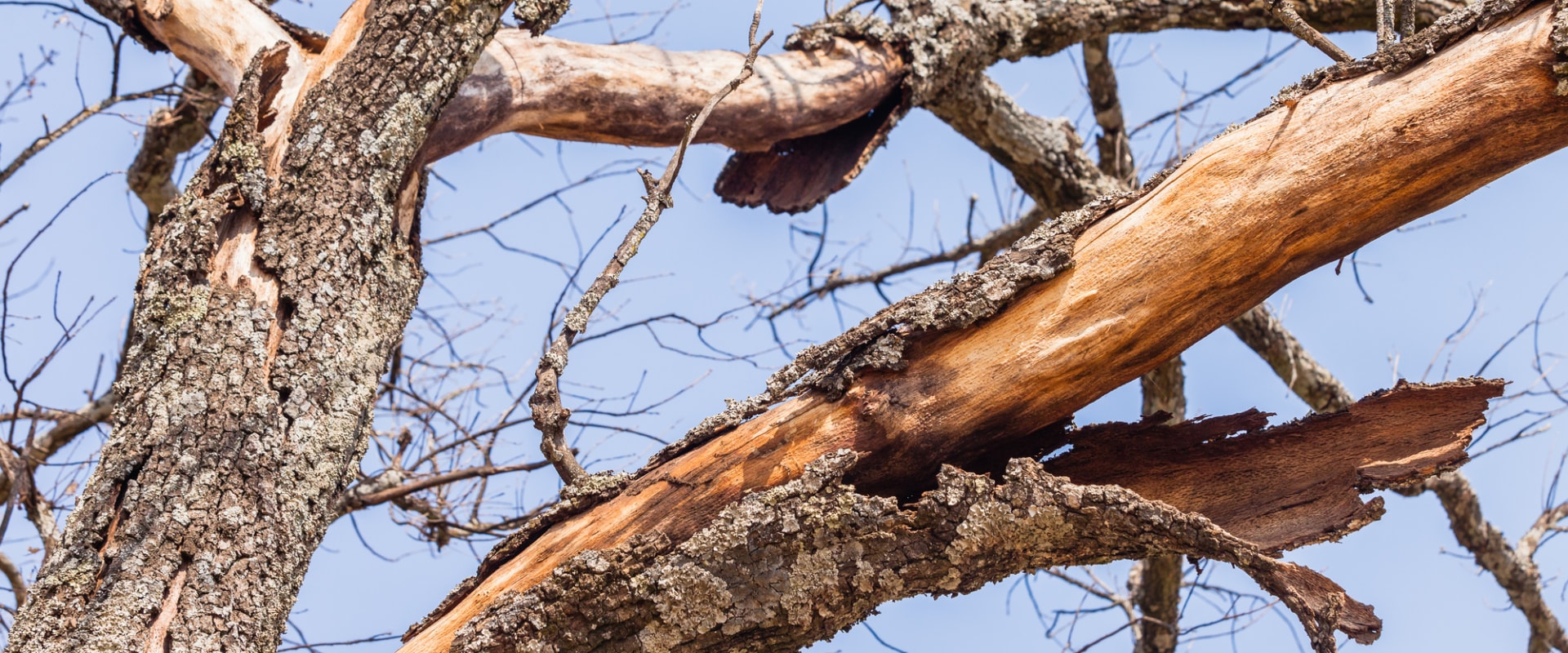
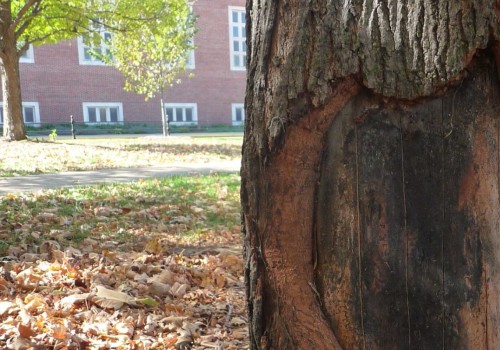
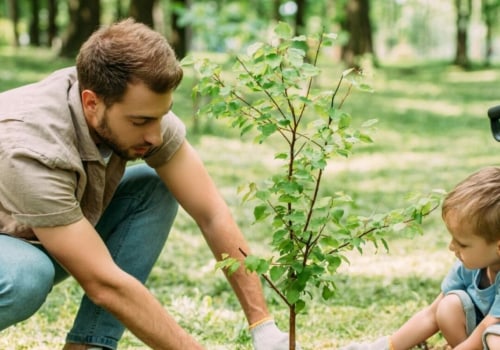
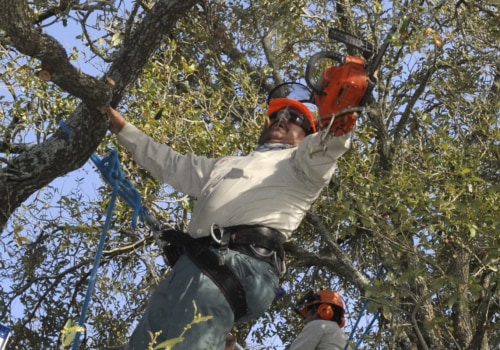
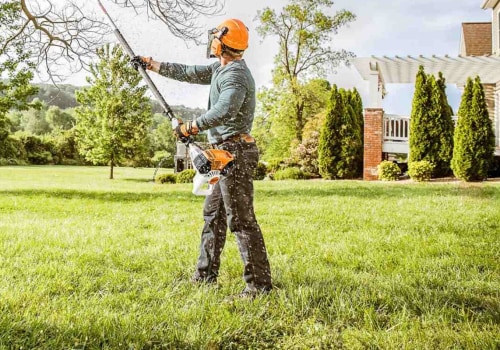
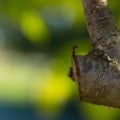
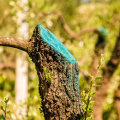
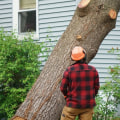
Leave Reply